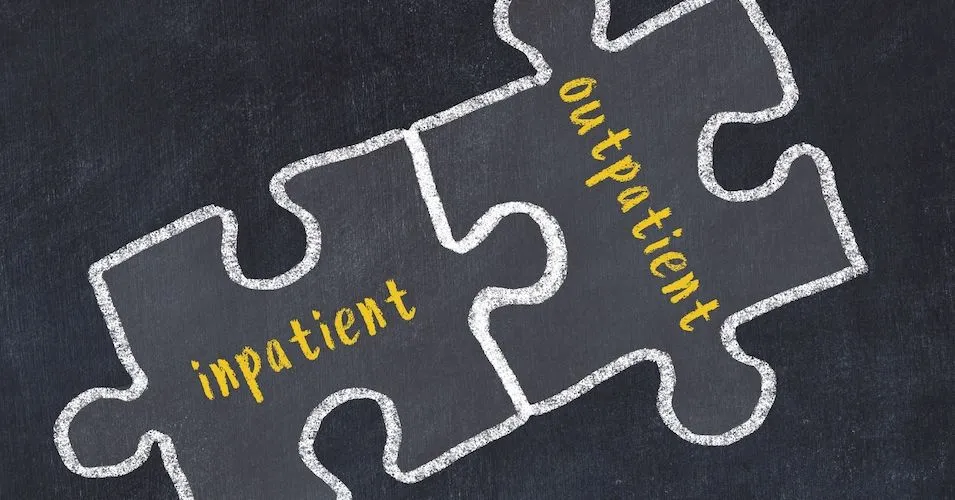ASCO 2024: ECHELON-3 Study Updates of Brentuximab Vedotin, Lenalidomide & Rituximab Combo for R/R DLBCL

DLBCL specialist Dr. Jeong Kim from St. Vincent’s Hospital in South Korea shares findings at the ASCO 2024 conference in June from the ECHELON-3 study about how the treatment combination of brentuximab vedotin, lenalidomide, and rituximab helps diffuse large B-cell lymphoma (DLBCL) patients whose disease has become resistant to or returned after prior therapy. Read a summary of the key findings below.
What are Brentuximab Vedotin, Lenalidomide, and Rituximab?
Brentuximab vedotin (Adcentris) is an antibody-drug conjugate that targets cancer cells directly, delivering a toxin to kill them. Lenalidomide (Revlimid) boosts the immune system’s ability to fight cancer and inhibits tumor growth. Rituximab (Rituxan) is an antibody that specifically binds to cancer cells, marking them for destruction by the immune system.
These medications are FDA-approved in different treatment settings for types of lymphomas. Their use as a treatment combination for DLBCL has not yet been proven. The goal of the ECHELON-3 study is to assess how effective this treatment combination is for relapsed/refractory DLBCL.
What Were the Findings of the ECHELON-3 Study?
The study found the following after assessing the use of brentuximab vedotin, lenalidomide, and rituximab as a treatment combination for relapsed/refractory DLBCL:
- On average, how long did patients live without their cancer worsening after treatment?
- 11.1 months with brentuximab vedotin, lenalidomide, and rituximab
- 8.8 months with lenalidomide and rituximab
- What percentage of patients had a complete reduction of cancer signs and symptoms after treatment?
- 40.2% of people treated with brentuximab vedotin, lenalidomide, and rituximab
- 18.6% of people treated with lenalidomide and rituximab
- What side effects did patients experience?
- Common side effects of the brentuximab vedotin, lenalidomide, and rituximab combination included neutropenia (a decrease in neutrophils, a type of white blood cell), anemia (a lower than normal red blood cell level), diarrhea, and peripheral neuropathy (a nerve issue that causes numbness, pain, or tingling in parts of the body).
- 88% of patients treated with brentuximab vedotin, lenalidomide, and rituximab experienced severe side effects compared to 77% of patients treated with lenalidomide and rituximab.
In conclusion, the triplet combination of brentuximab vedotin, lenalidomide, and rituximab offers relapsed/refractory DLBCL patients an improved amount of time in a disease-free state following treatment compared to the doublet regimen of lenalidomide and rituximab. The triplet therapy may provide additional hope to patients who cannot receive other DLBCL treatments, such as CAR T-cell therapy or bispecific antibodies. Further follow-ups and studies will help confirm these findings.
Join the HealthTree for DLBCL Newsletter to Learn More!
We invite you to click the button below to subscribe to our newsletter and stay updated on the latest advancements in diffuse large B-cell lymphoma.
JOIN THE HEALTHTREE FOR DLBCL NEWSLETTER
Sources
DLBCL specialist Dr. Jeong Kim from St. Vincent’s Hospital in South Korea shares findings at the ASCO 2024 conference in June from the ECHELON-3 study about how the treatment combination of brentuximab vedotin, lenalidomide, and rituximab helps diffuse large B-cell lymphoma (DLBCL) patients whose disease has become resistant to or returned after prior therapy. Read a summary of the key findings below.
What are Brentuximab Vedotin, Lenalidomide, and Rituximab?
Brentuximab vedotin (Adcentris) is an antibody-drug conjugate that targets cancer cells directly, delivering a toxin to kill them. Lenalidomide (Revlimid) boosts the immune system’s ability to fight cancer and inhibits tumor growth. Rituximab (Rituxan) is an antibody that specifically binds to cancer cells, marking them for destruction by the immune system.
These medications are FDA-approved in different treatment settings for types of lymphomas. Their use as a treatment combination for DLBCL has not yet been proven. The goal of the ECHELON-3 study is to assess how effective this treatment combination is for relapsed/refractory DLBCL.
What Were the Findings of the ECHELON-3 Study?
The study found the following after assessing the use of brentuximab vedotin, lenalidomide, and rituximab as a treatment combination for relapsed/refractory DLBCL:
- On average, how long did patients live without their cancer worsening after treatment?
- 11.1 months with brentuximab vedotin, lenalidomide, and rituximab
- 8.8 months with lenalidomide and rituximab
- What percentage of patients had a complete reduction of cancer signs and symptoms after treatment?
- 40.2% of people treated with brentuximab vedotin, lenalidomide, and rituximab
- 18.6% of people treated with lenalidomide and rituximab
- What side effects did patients experience?
- Common side effects of the brentuximab vedotin, lenalidomide, and rituximab combination included neutropenia (a decrease in neutrophils, a type of white blood cell), anemia (a lower than normal red blood cell level), diarrhea, and peripheral neuropathy (a nerve issue that causes numbness, pain, or tingling in parts of the body).
- 88% of patients treated with brentuximab vedotin, lenalidomide, and rituximab experienced severe side effects compared to 77% of patients treated with lenalidomide and rituximab.
In conclusion, the triplet combination of brentuximab vedotin, lenalidomide, and rituximab offers relapsed/refractory DLBCL patients an improved amount of time in a disease-free state following treatment compared to the doublet regimen of lenalidomide and rituximab. The triplet therapy may provide additional hope to patients who cannot receive other DLBCL treatments, such as CAR T-cell therapy or bispecific antibodies. Further follow-ups and studies will help confirm these findings.
Join the HealthTree for DLBCL Newsletter to Learn More!
We invite you to click the button below to subscribe to our newsletter and stay updated on the latest advancements in diffuse large B-cell lymphoma.
JOIN THE HEALTHTREE FOR DLBCL NEWSLETTER
Sources

about the author
Megan Heaps
Megan joined HealthTree in 2022. She enjoys helping patients and their care partners understand the various aspects of the cancer. This understanding enables them to better advocate for themselves and improve their treatment outcomes.
More on Conferences
Get the latest thought leadership on your B-Cell Lymphoma delivered straight to your inbox
Subscribe to the weekly newsletter for news, stories, clinical trial updates, and helpful resources and events with cancer experts.








